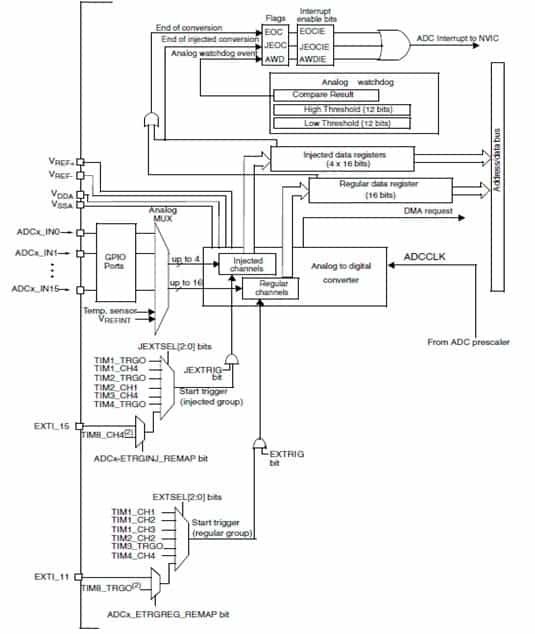
In the last part of the tutorial, we have covered simple USART routines that send data directly to USART peripheral. This is OK to use such an approach when a project isn’t time-critical and processing resources are far from limits. But most often, we stuck with these limiting factors, mainly when RTOS is used or when we perform necessary real-time data processing. And having USART routines with while the loop-based wait isn’t a good idea – it steals processing power only to send a data. As you may guess – next step is to employ interrupts. As you can see, there are many sources to trigger interrupts, and each of them is used for a different purpose. To use one or another interrupt, first, it has to be enabled in USART control register (USART_CR1, USART_CR2, or USART_CR3). Then NVIC USART_IRQn channel has to be enabled to map interrupt to its service routine. Because NVIC has only one vector for all USART interrupt triggers, service routine has to figure out which of interrupts has triggered an event. This is done by…
Continue reading







